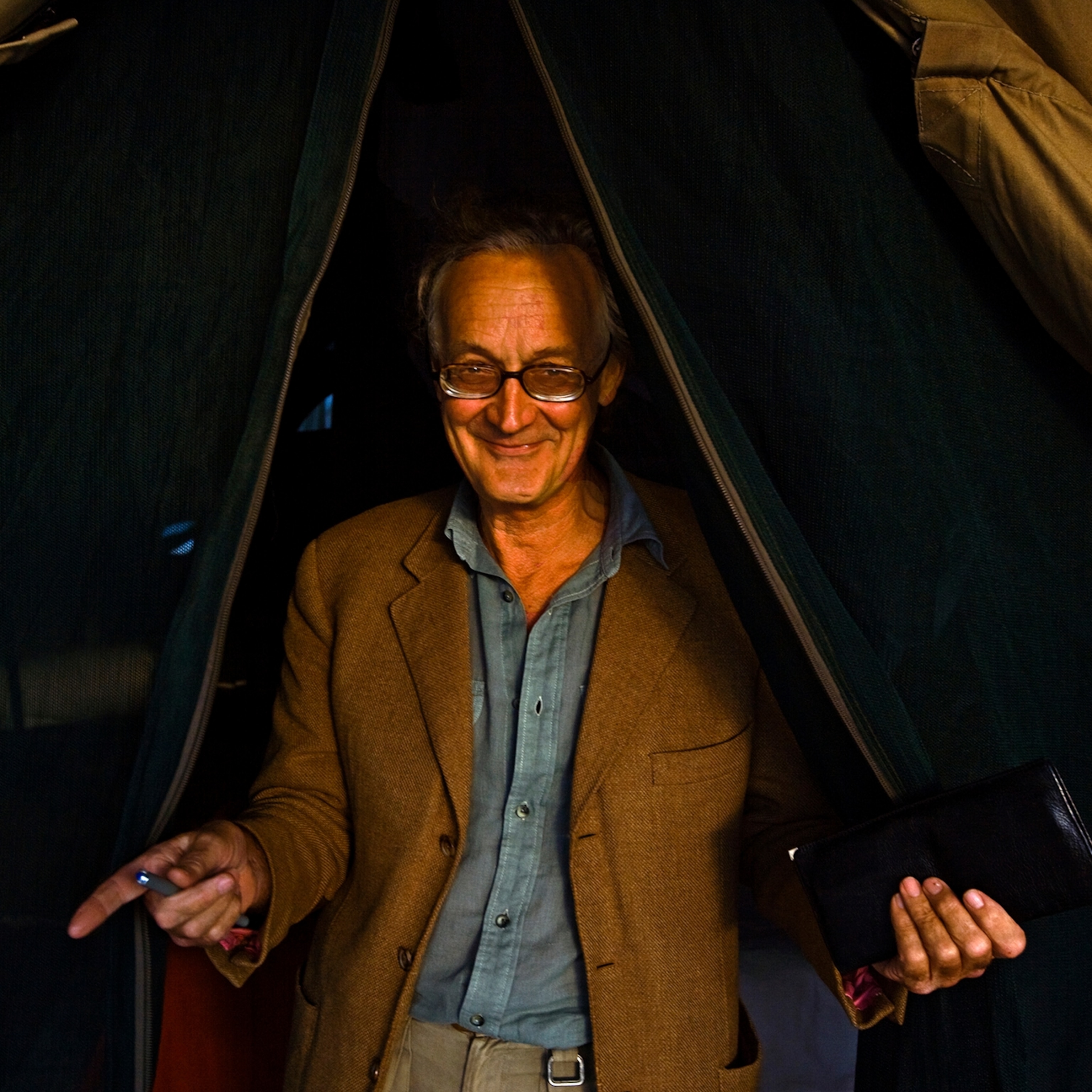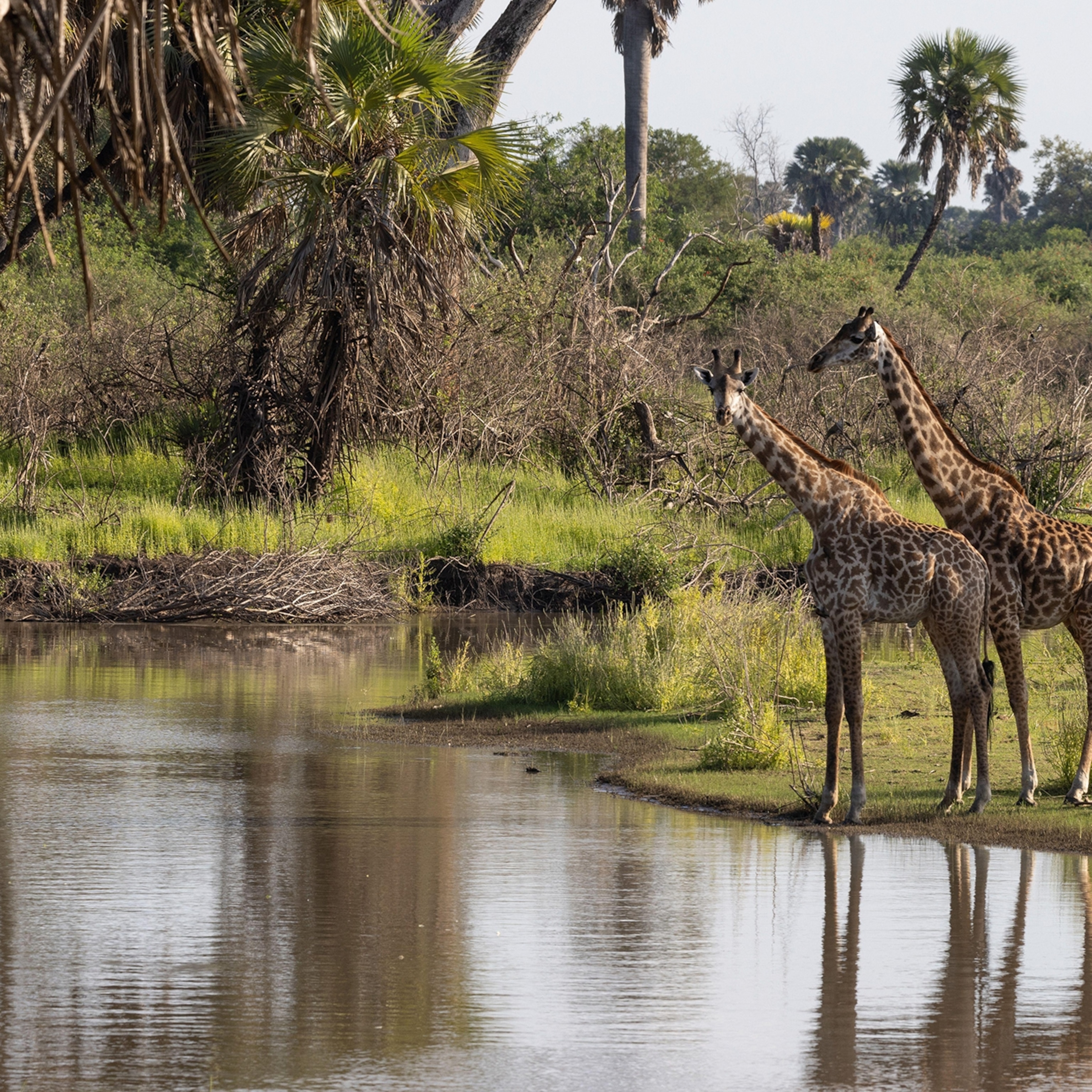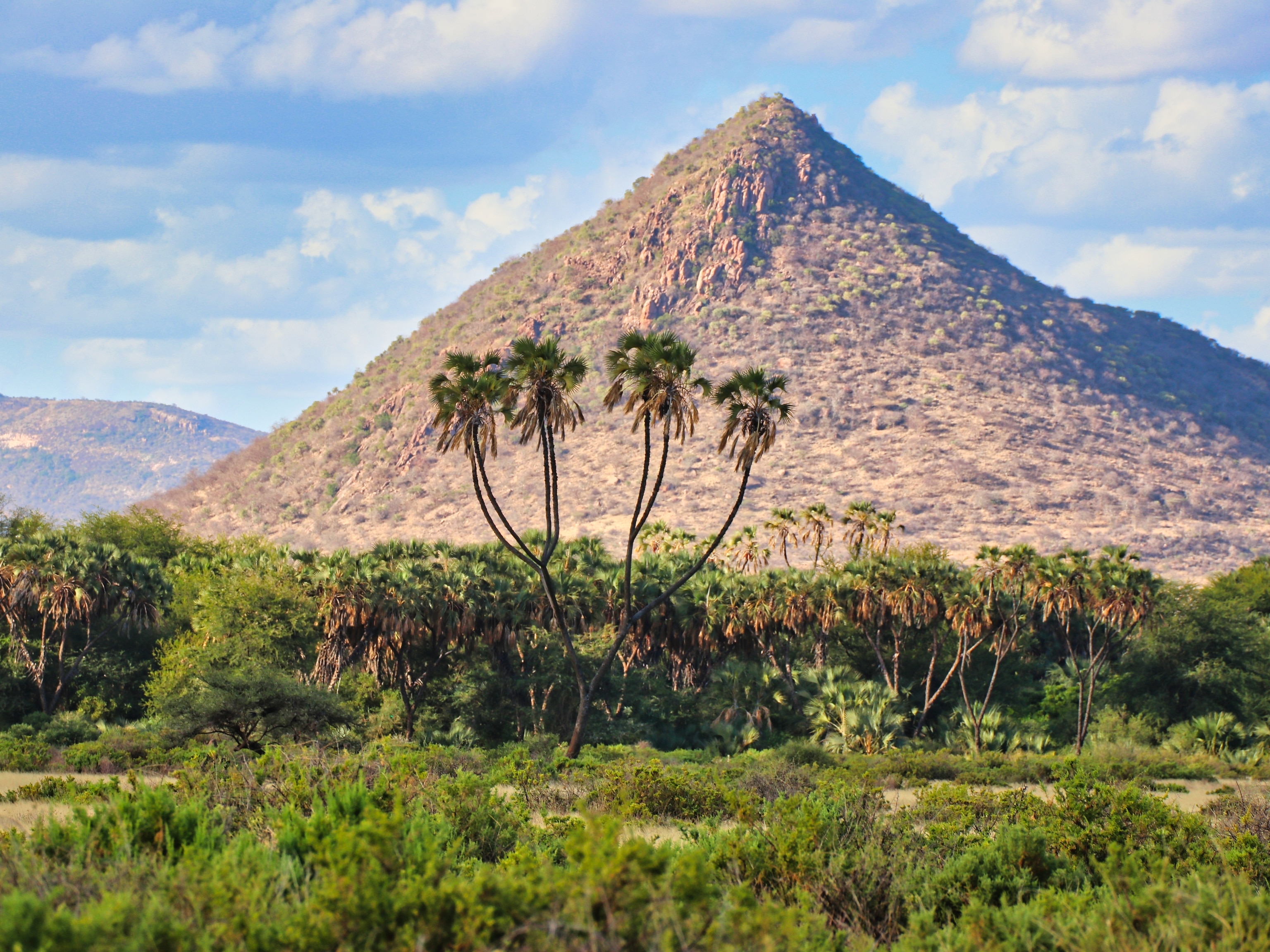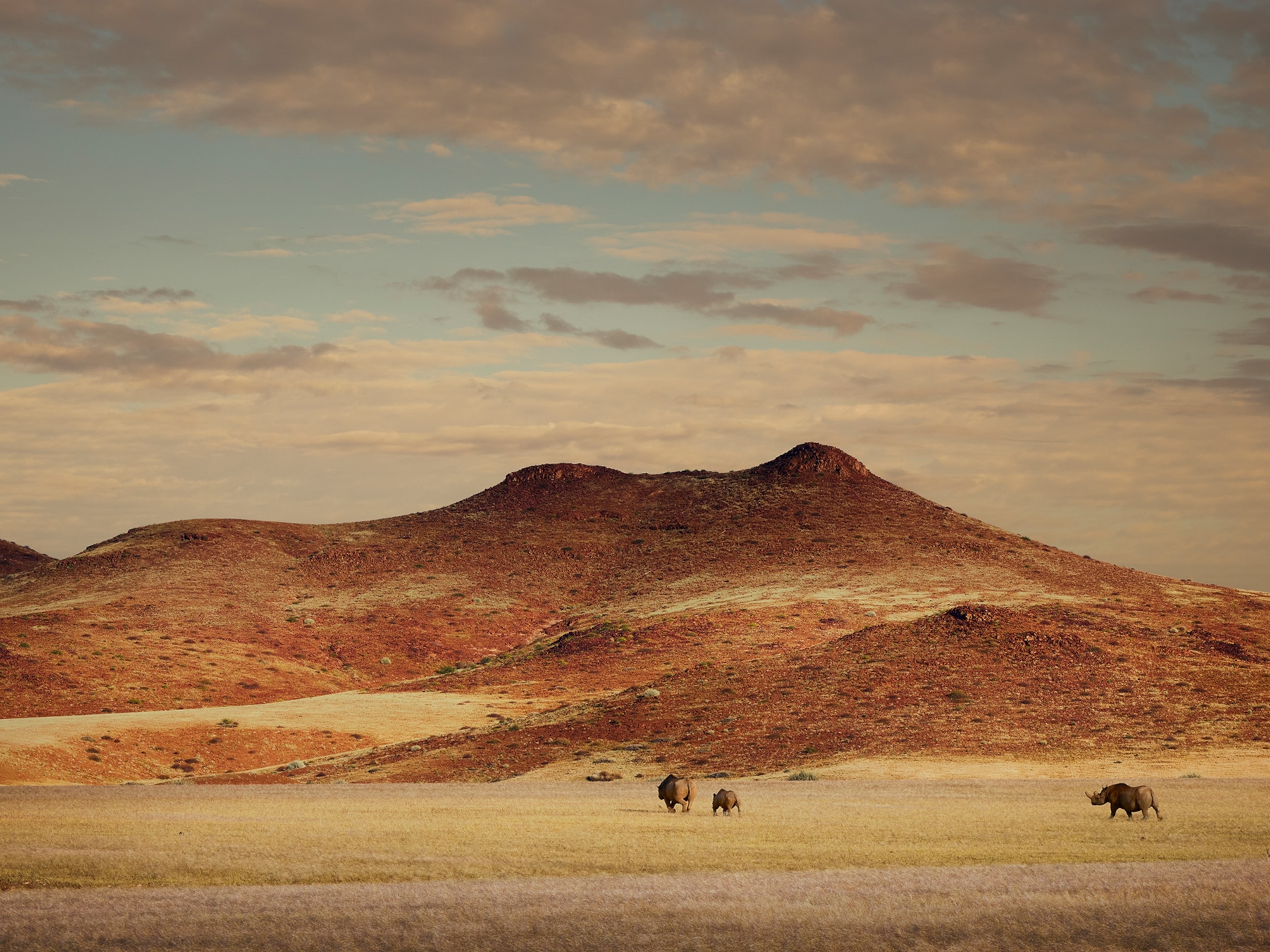
How wildlife conservation in northern Kenya survived the pandemic
When safari tourism dried up with the coronavirus, northern Kenya’s community conservancies got by—but not everyone’s happy with how.
Outside the health clinic in Biliqo, a hot wind whips up the dirt. It tugs at the shreds of material caught in the thornbushes, whirls discarded plastic bottles across the ground, and chases the tail of Madina Kalo’s indigo hijab as she stands in the clinic’s rough wooden doorway. It’s midyear—northern Kenya’s main dry season—and the land is parched by the sun, the color palette bright and blown out, like an overexposed photograph.
Kalo, dressed in her white nurse’s tunic and surgical mask, squints, then steps back into the cool of the clinic. She sees about 30 people a day, most of them pastoralist herders reporting routine ailments such as respiratory infections, malaria, and diarrhea. When cases are serious, Kalo refers patients to the town of Isiolo, a five-hour journey on a gravel road.
The trash and torpor of Biliqo do not inspire thoughts of tourism or nature, yet the town is in one of 39 community conservancies established by the Northern Rangelands Trust (NRT), a Kenyan conservation organization. In return for a promise to strengthen protection of their environment and wildlife, the people living in the conservancies receive basic services and benefits, often paid for by safari tourists’ cash.
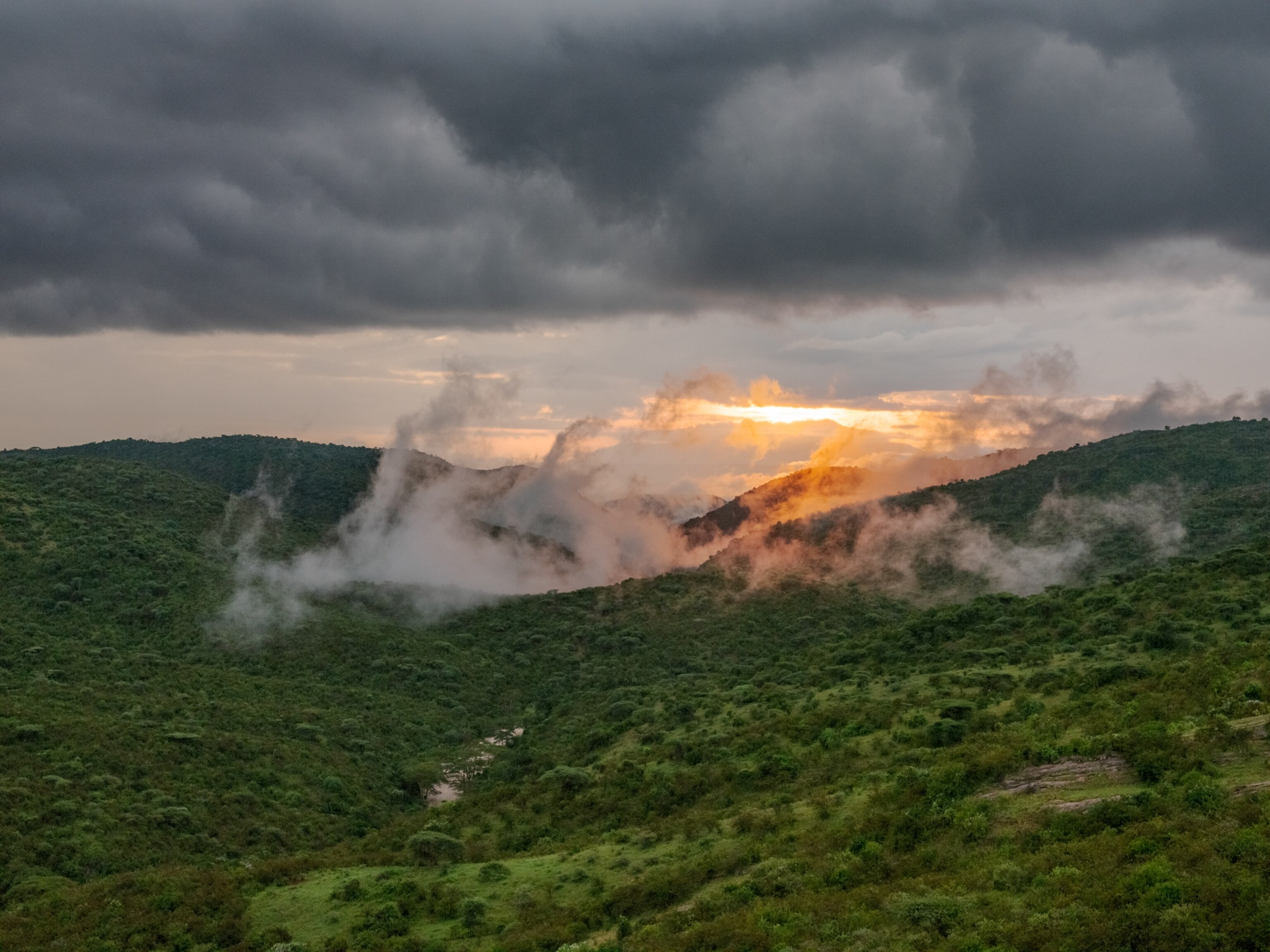
It’s a large-scale experiment in coexistence, based on the idea that people and wildlife can thrive together. Across 17,000 square miles, hundreds of thousands of people, millions of livestock, and important populations of wildlife live side by side.
Roughly two-thirds of Kenya’s wildlife live outside national parks and reserves, so conservancies have become a fundamental part of the national conservation ecosystem.
When COVID-19 closed borders and grounded planes, tourists disappeared from northern Kenya, as from elsewhere, denying Africa much of the income that wildlife tourism brings each year—$29 billion in 2018. In Kenya, tourism made up at least 8 percent of the GDP. There were fears that conservation gains made in recent decades would evaporate. Tourism supports much of this work, from rangers and research to steady jobs in areas where employment is scarce, offering an alternative to hunting animals or felling trees to make ends meet. Many in the conservation sector hold up community conservancies such as these as exemplars for the future of sustainable, community-led conservation and development, even as NRT faces criticism from some Kenyans who say it’s too big and powerful. As the community conservancy model comes into focus in northern Kenya, the pandemic represents its biggest stress test yet.
African conservation was in crisis even before the coronavirus. Funding shortfalls, poor management, poaching, habitat destruction, and climate change are among a long list of threats that have caused collapses in biodiversity and a plunge in populations of at-risk species such as hawksbill turtles, pangolins, white-backed vultures, and elephants.
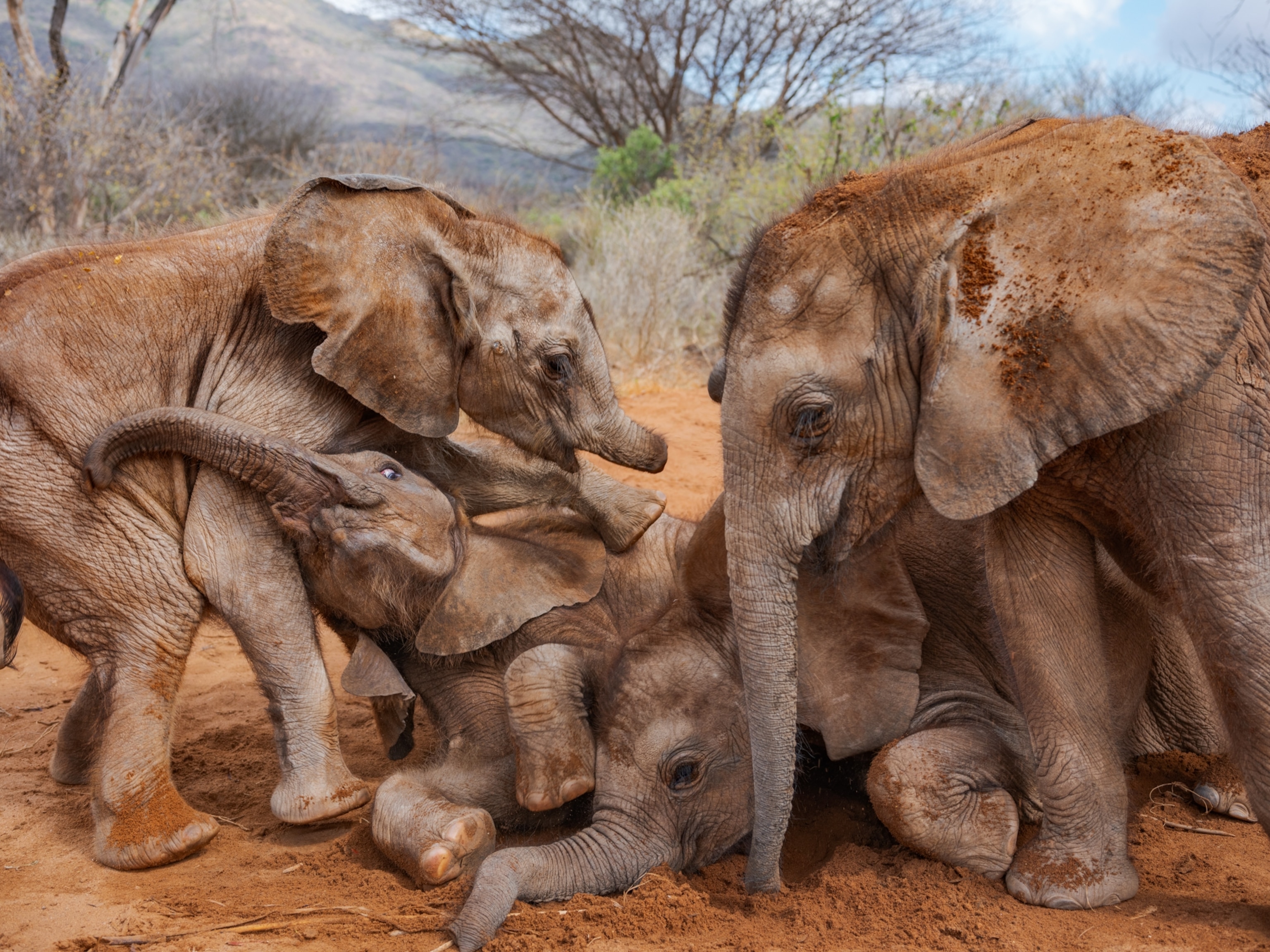
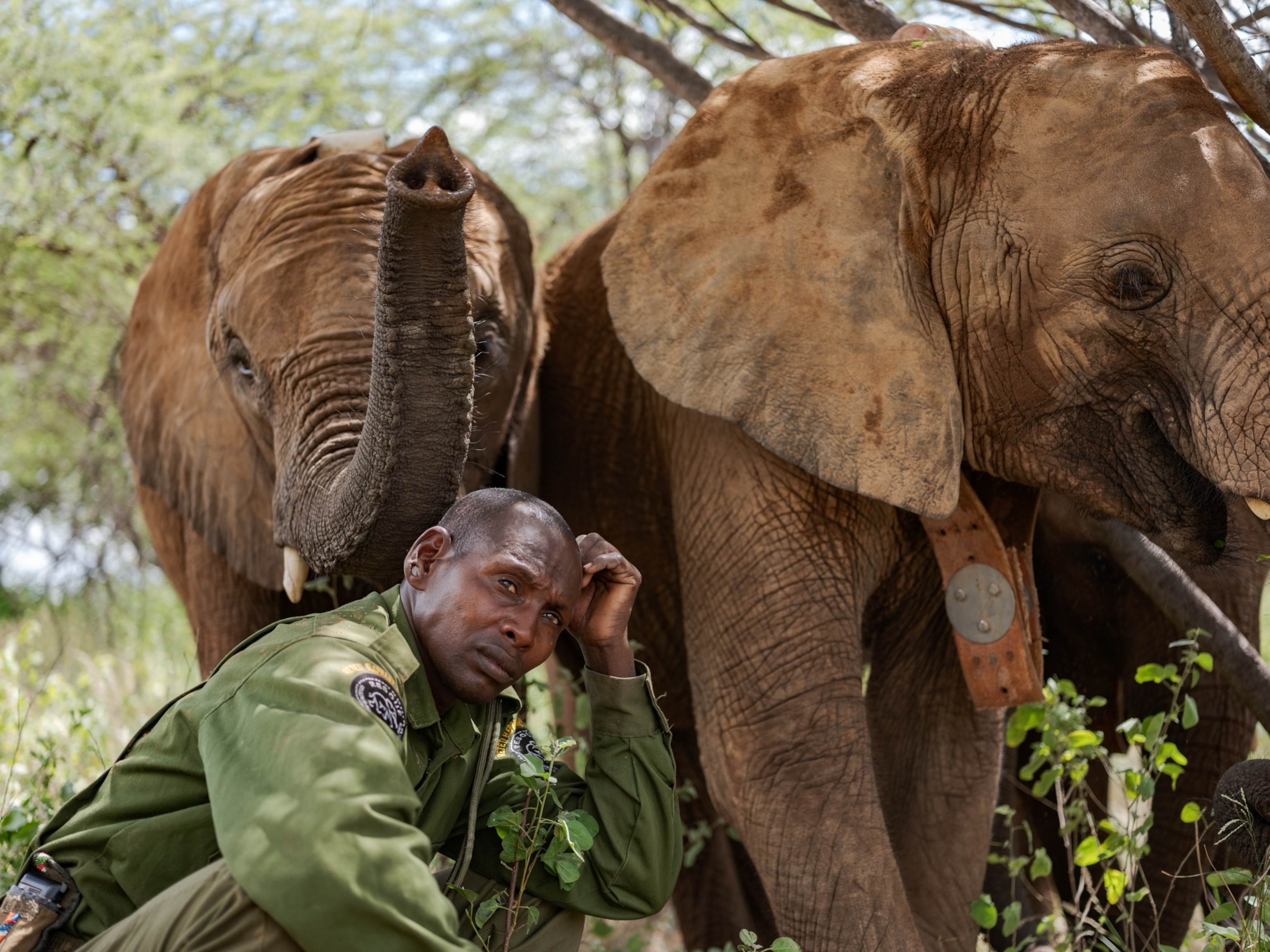
To those of us living a romantic—and safe—distance from wild animals, they are part of a global natural patrimony: good to know they exist, wonderful to see in real life. But what if you live alongside them? What if a leopard kills your goat or an elephant tramples your child? What if you can’t pay your medical bills and school fees, but you know there’s a ready market for lion skins and elephant tusks? What if your family is hungry and a giraffe is just a hunt away? What, then, is wildlife worth alive? What is it worth dead?
NRT’s mission is to amplify living animals’ value to the people who share the landscape with them and in so doing, entwine their futures. Rooted in the ideals of community landownership and self-governance, each conservancy is a separate legal entity, and each is managed by an elected board of community leaders.
Some conservancies are closer to fulfilling these ideals than others. Boards must manage the often competing desires of their diverse and far-flung community members, including nomadic pastoralists who aren’t always around when decisions about land use are negotiated. Sometimes that feeling of exclusion falls along ethnic lines, exacerbating conflict. Conservancies with more representative and responsive boards are able to ensure greater buy-in from and benefits for the community, while others struggle to meet basic governance standards.
NRT owns no land itself and functions primarily as an umbrella organization, handling administration, fundraising, security training, and strategic planning. It’s betting that if the foundations of self-governance are in place, the institutions eventually will become stronger and more accountable.
Foreign donors, who provide 90 percent of NRT’s funding, supplemented by revenue from tourism, other commercial earnings, and some local government funding, have helped NRT weather the pandemic better than most tourism-dependent wildlife parks and reserves. Yet the donors—largely U.S.- and European-based organizations such as USAID, the Nature Conservancy, the European Union, and Flora & Fauna International—also have made NRT a target for those who see foreign money and influence as a form of imperialism.
“It’s an international NGO, even though it’s operating like a local NGO,” says Achiba Gargule, a researcher on community land issues who grew up as a pastoralist in northern Kenya.
Either way, NRT’s setup is creating the building blocks of a huge, interconnected ecosystem, one that’s less reliant on the ups and downs of tourism, more diversified in its income, and it turns out, more durable in the face of global shocks.
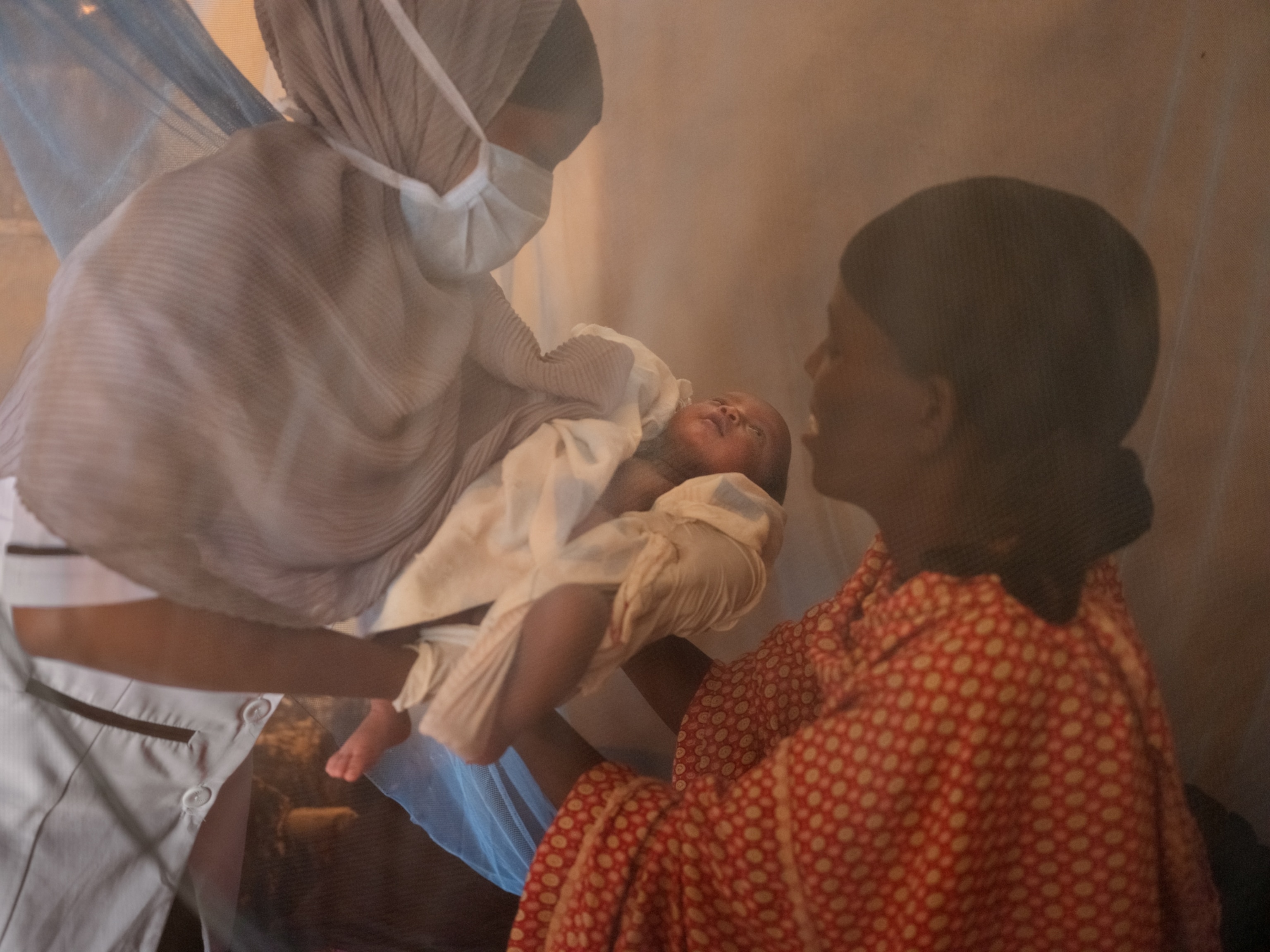
Kalo’s clinic used to consist of two dilapidated buildings and a rickety gurney, but now there’s a new 10-bed maternity ward, a clinic building with consultation rooms, and soon, staff accommodations and a lab. The facility is owned by Kenya’s health ministry, paid for by European governments, and built by NRT in a pragmatic bid to win people over to its conservation agenda. It is a trade-off in which Kalo is a knowing participant.
“Health is the most vital thing in each community,” she says as she registers the day’s patients. “You can’t talk to people who are not well. You have to start catering for the health of the people before you can start talking about conservation.”
Pastoralists are a fundamental part of Kenya’s arid northern landscapes. Fiercely independent and frequently armed, they move with their livestock in search of grass. Rivalry for scarce resources is intense and can turn violent. Livestock are a braided rope of meanings tying herders to the rangelands: Their cows, goats, sheep, and camels have cultural, social, nutritional, and financial value. A growing herd is a symbol of success and a shield against disaster. But livestock, like wildlife, need space to roam, grass to eat, and water to drink, meaning cattle and conservation frequently are in competition. Finding a way for both to thrive is the challenge at the core of conservation in northern Kenya.
“Fences will never protect wildlife here in the north,” says Tom Lalampaa, a Samburu conservationist and NRT’s CEO. “You have to make sure it’s the people who will become that fence.” Whippet-gray vervet monkeys make feinting dashes at the door and windows as we speak. “If they can just look after wildlife the same way they look after their livestock, then it’s a win.”
It’s also a work in progress. Conservancy boards are encouraged to set aside a portion of their land exclusively for wildlife. The rest is managed by plans developed by conservancy grazing committees and approved by community boards for the use of both livestock and wildlife. Directives on where, when, and how many livestock can graze, however, can become contentious, particularly among those who feel excluded from decision-making and see any restriction as a potential existential threat.
Hassan Roba, a drylands expert at the Christensen Fund, which supports Indigenous peoples and their landscapes, argues that these grazing plans compromise the flexibility of moving with the rains and often designate land for wildlife that is also the best pasture for livestock. “These are all very idealistic ways of thinking about how land is managed,” he says. “But even in practice, the priority has been for the wildlife. Livestock is just an extra.”
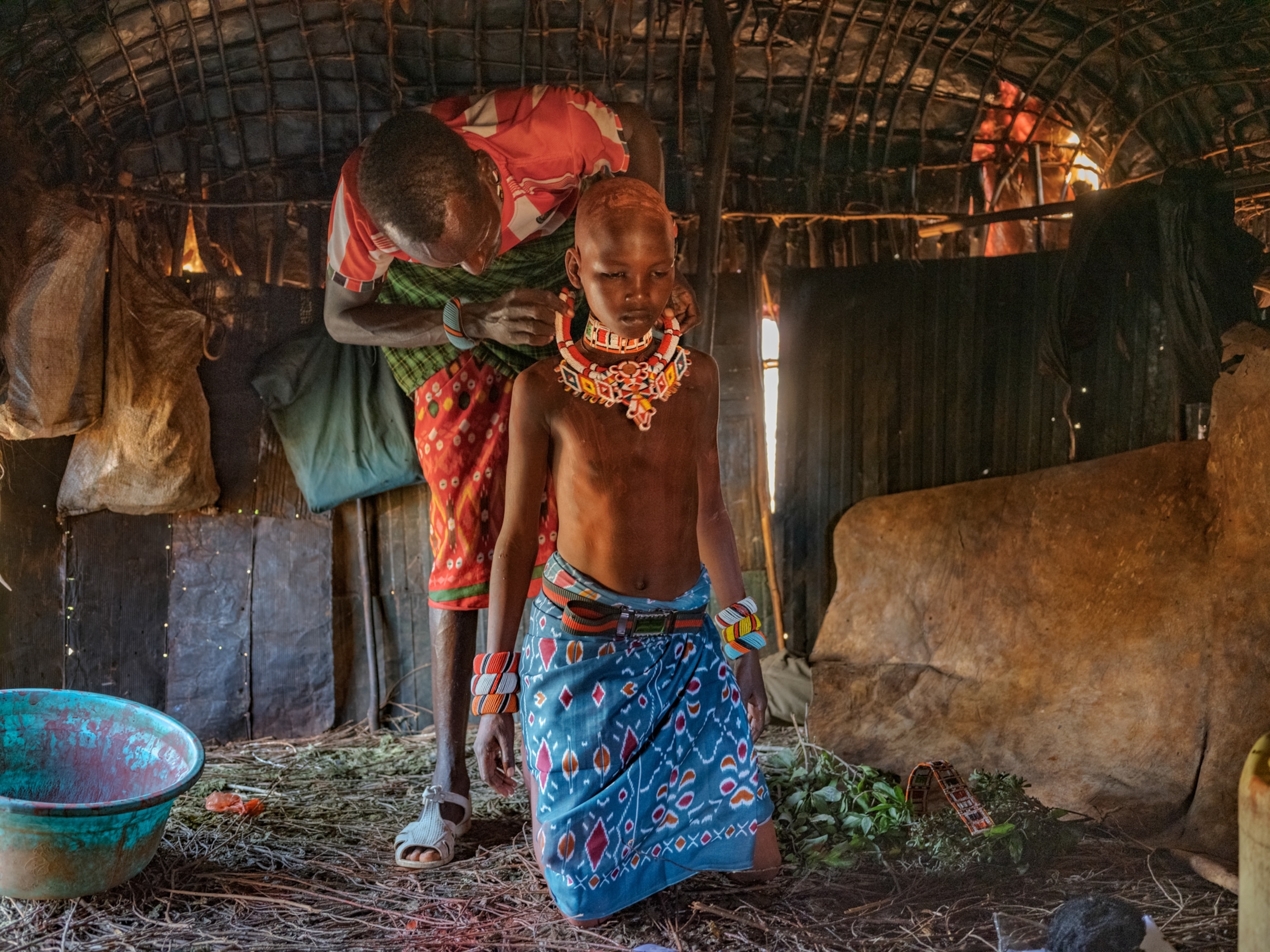
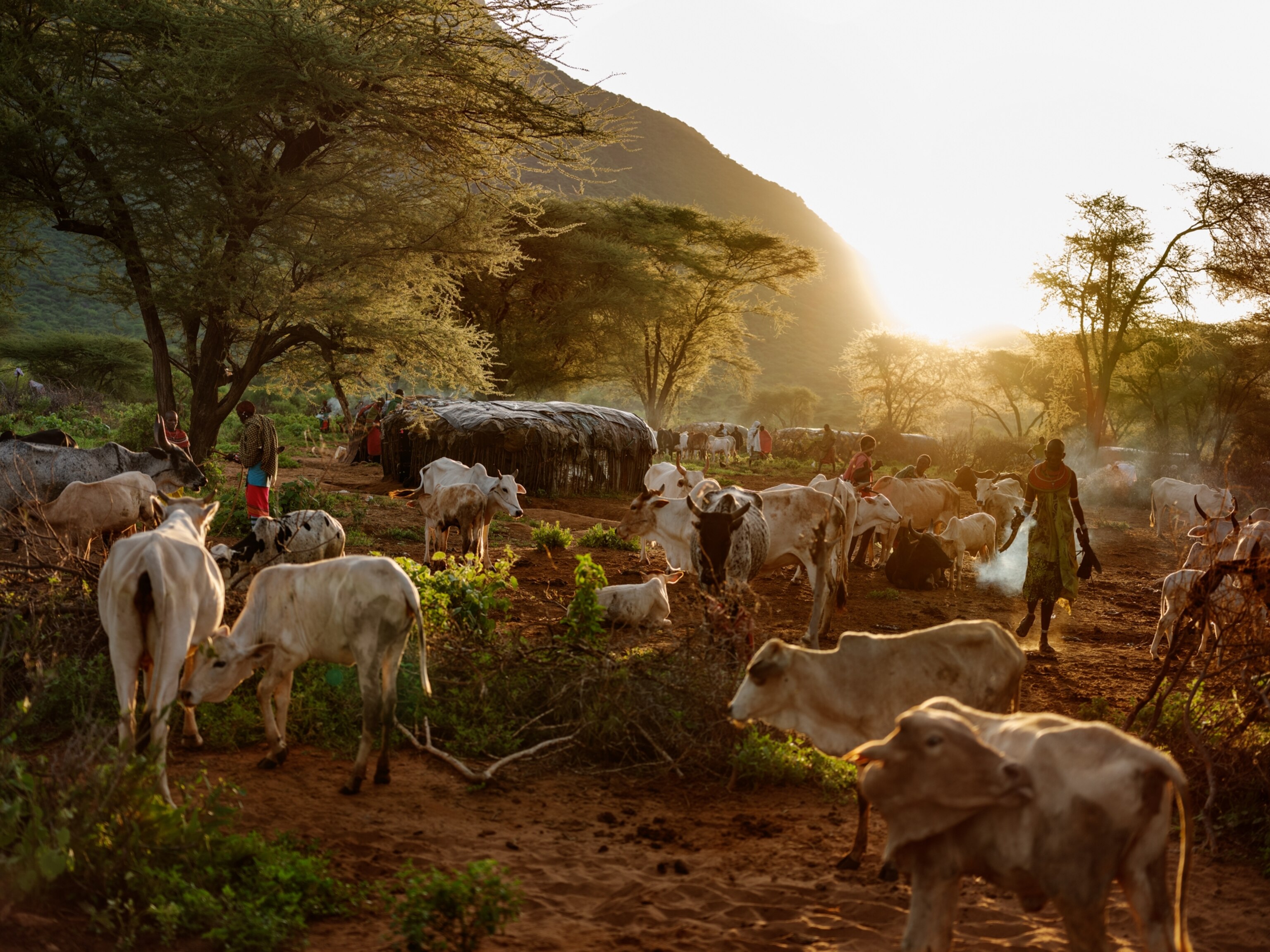

Without security and safety, for people and wildlife, nothing works. “Peace is everything,” says Pauline Lolngojine, a single mother to 11 children (five her own, six adopted), a community leader, peacemaker, and former chairperson of Sera, an 840,000-acre NRT conservancy. We speak beneath the corrugated eaves of a timber-framed Pentecostal church in Archers Post, a town on Sera’s southwestern fringe. When Lolngojine was growing up, northern Kenya was a wilder place, remote from the central authority of Nairobi and awash with weapons. Cattle rustling was rife, and road banditry was common.
“We were fighting each other—the Samburu, the Rendille, and the Borana—but the conservancy started to bring these communities together,” she says. Sera formed in 2001, fostering cooperation and creating a shared objective with a shared benefit: improved land management and improved income. “We saw that it was good to conserve so that we can get money through these wild animals,” she says.
The long-term investment in peacebuilding means that in hard times, such as a pandemic or a drought, there is an existing structure to defuse tensions and maintain stability.
We were fighting each other—the Samburu, the Rendille, and the Borana—but the conservancy started to bring us together.
Pauline Lolngojine, former chairperson, Sera Conservancy
Collaboration and money help, but security requires enforcement too, which takes the form of NRT’s scouts and mobile ranger units. The mobile units were created to protect elephants and black rhinos, but the rangers’ dual role as police reservists makes them an integral part of an overstretched and poorly funded regional security architecture. Able to respond to non-wildlife crimes such as livestock theft and highway robbery, they’ve helped fill a security vacuum.
Armed with rifles, they move 12 to a vehicle, resupplying on the go and sleeping beneath the stars. They earn at least $350 a month, more than double a ranger’s normal salary. Each unit is made up of members of three to four different tribes, their multiethnic nature allowing the teams to go anywhere and talk to anyone.
Six feet six inches tall in his hefty desert boots, Losas Lenamunyi is a shorn-skulled, rangy man with a gap-toothed grin. (Predictably, he’s known as Mrefu, meaning “tall,” and his last name means “owner of rhinos.”) The commander grew up herding livestock near the roadside shanty of Sereolipi, where ethnic Samburus often had only animosity and suspicion for the neighboring Borana, Gabra, and Rendille peoples. Today he shares a Land Cruiser with them. “I have all tribes in the car,” he says.
Lenamunyi didn’t go to school and says he never thought much about wildlife. He became a ranger for the money. “There was no opportunity of getting any job,” he says. Being a ranger means “my children have food enough.”
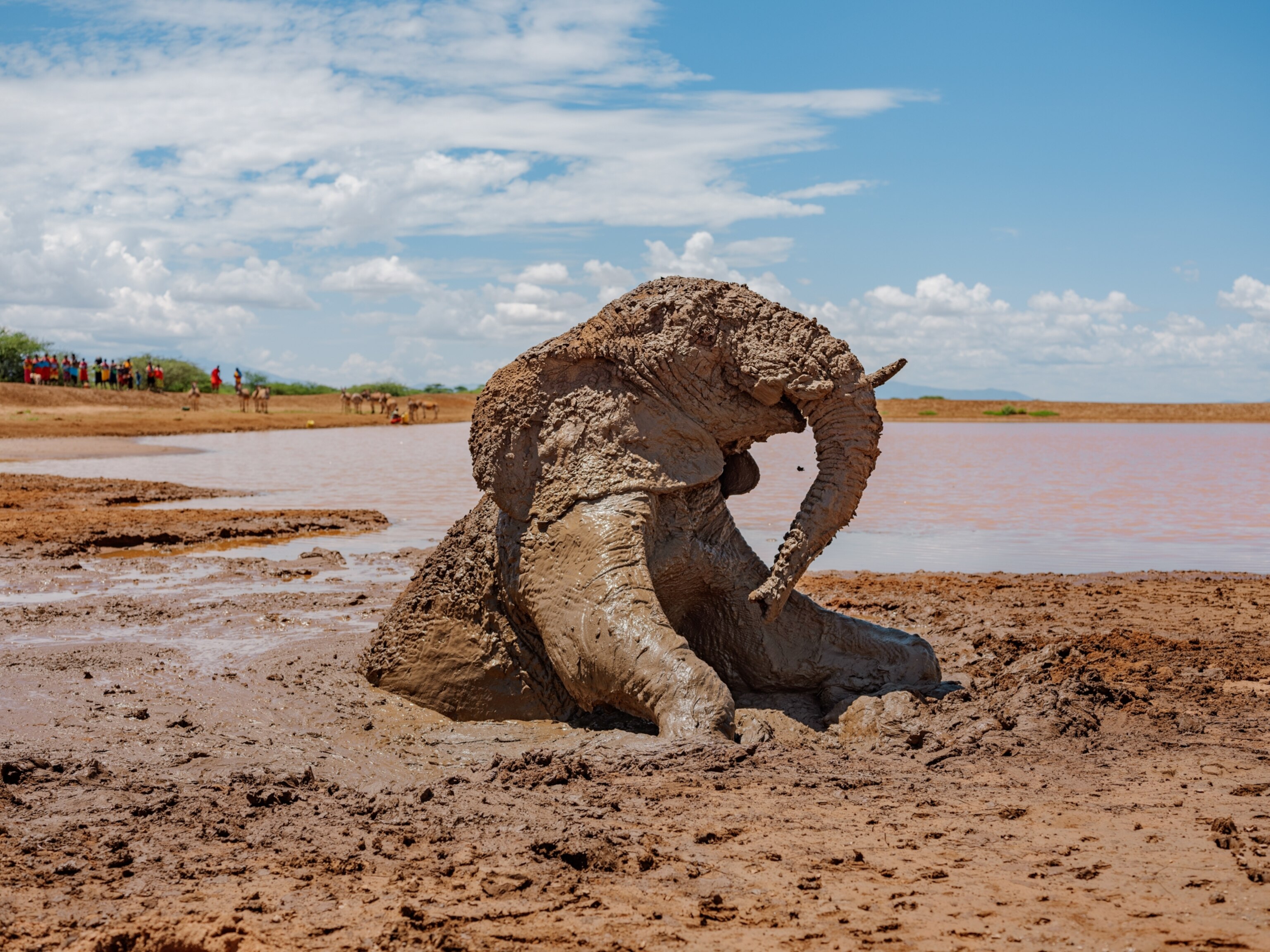
The desperation for jobs was clear at a ranger recruitment event in Melako Conservancy. Three positions were vacant, and 200 hopeful men turned up. They gathered beneath the doum palms on the southern bank of the river, dressed in plastic sandals and sarongs, with foot-long knives fixed to their belts and traditional walking sticks in hand. “Educated people are the ones who get jobs,” says Melako chairman Andrew Dokhole. “That is why [for] rangers, normally we pick from local people.” He continues, “It is the only chance they have.”
With more than 1,300 people working as rangers, administrators, and other staff in NRT conservancies, the organization is among the biggest employers in the north. (Lodge and tourism operators are also big employers.)
The organization is involved in so much that the Nature Conservancy’s Matt Brown, an NRT board member, says, “NRT as a community-owned NGO is frankly doing the job of local government.” It’s not a role NRT wants permanently, he says, and it’s a characterization that makes Lalampaa uncomfortable. Critics make the same case: They argue that NRT is a neocolonial project that undermines Kenyan sovereignty and usurps government responsibilities.
“NRT is supposed to be community led, community owned,” Gargule says. “But what you’re seeing is its links with very important and big conservation organizations worldwide.”
To try to counter that criticism, NRT made the executive team and board of directors accountable to a council of elders, which is made up of the chairperson from each conservancy. There are questions about the power the council truly wields, but NRT insists its existence and prominence are important.
Lalampaa says NRT does not seek to replace government but adds, “Northern Kenya has had some gaps, and NRT’s conservancies really helped to fill in.”
Nonetheless, insecurity still plagues the region, especially during drought or following the generational cycle of circumcision rituals, after which boys become morans—warriors— set loose to prove themselves in the world, often through cattle raiding, fighting, and the like.
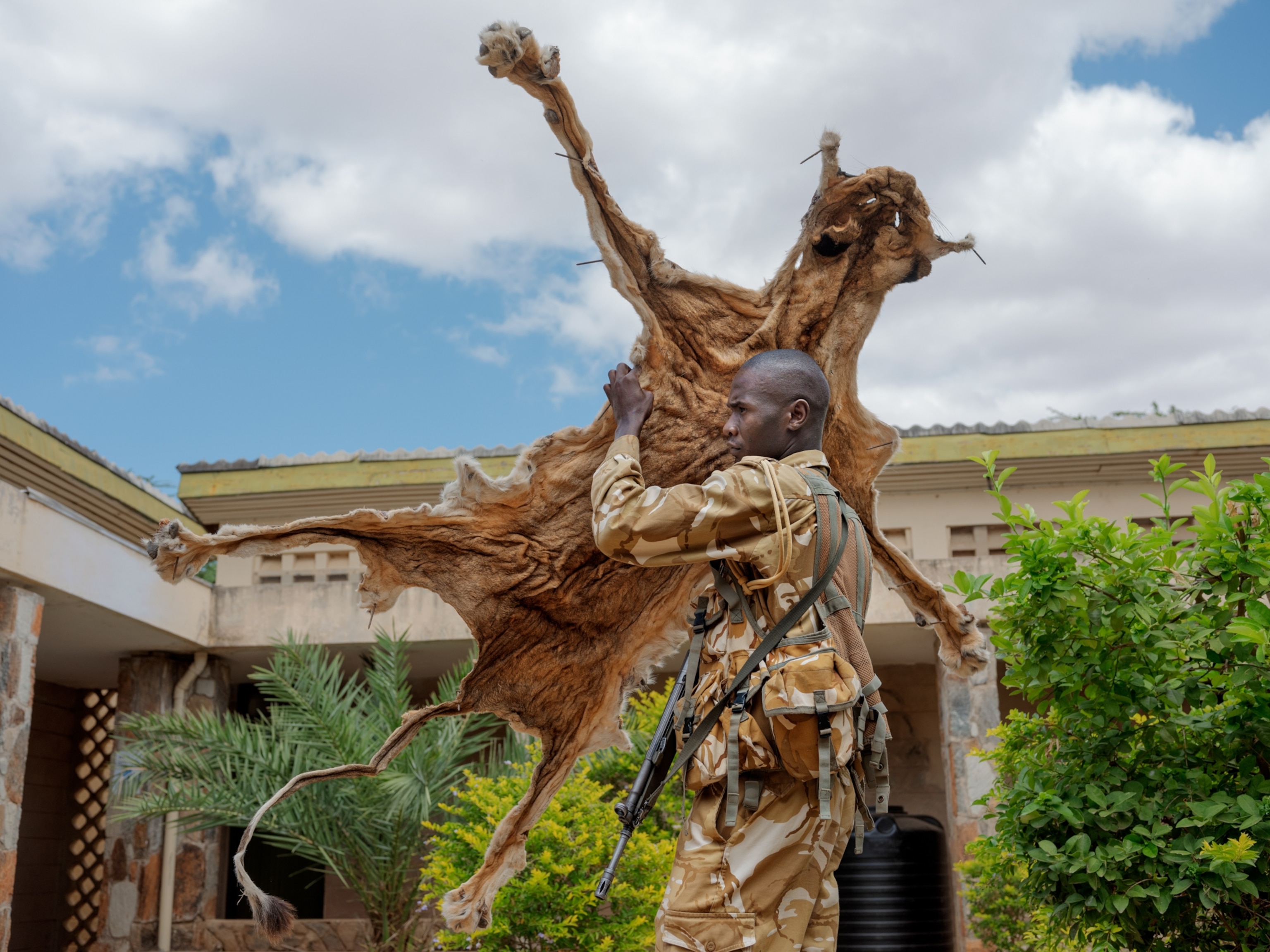
For more than a century, governments in Nairobi treated the north with scorn. Colonial British settlers had little interest in it, deeming the arid land not worth stealing for farms and ranches. Independence in 1963 brought a new ruling elite, dominated by southern Kenyans who took an equally dim view of northerners, whose itinerant pastoralist ways made them hard to govern.
This neglect left a hole that NRT helped fill, providing basic services in exchange for conservation. “The foundation of this is influencing people,” says Ian Craig, one of NRT’s founders and conservation director. “How can I influence you to align and affiliate with our thinking?”
It is an overtly transactional strategy.
Craig, 68, is both the driving force behind the trust and a focus of criticism as a white landowner of colonial descent. I hitch a ride with him in his canary yellow, single-engine Piper Super Cub to talk.
“It’s a big bit of country,” Craig says through a crackly headset as he guides the aircraft up the Rift Valley, a raw landscape of tectonic lakes, sharp escarpments, and volcanic outcroppings. As anvil-like thunderheads converge on the valley’s towering eastern shoulder and jagged forks of lightning leap from the sky, Craig jerks the two-seater plane left and right.
NRT was born out of Lewa Wildlife Conservancy, a 62,000-acre private wildlife reserve and onetime cattle ranch established by Craig’s grandfather in 1922. When Craig inherited it some 50 years later, it remained a beautiful stretch of grassland and woods, gentle hills and sharp valleys, but it struggled as a ranch. “It was always in drought. We couldn’t make any money; it was a disaster,” Craig says.
In the early 1980s conservationists persuaded him to set aside 5,000 acres as a fenced sanctuary for black rhinos, which had been hit hard by poachers killing them for their horns. Elephant poaching for ivory also was spiking across Africa; perhaps tens of thousands killed each year. With rhinos sheltering in his backyard and elephants being slaughtered nearby, it was clear to Craig that Lewa would not survive in isolation. Human populations were growing, livestock numbers rising, wildlife species declining, landscapes deteriorating. If people were the problem, they must also be the solution.
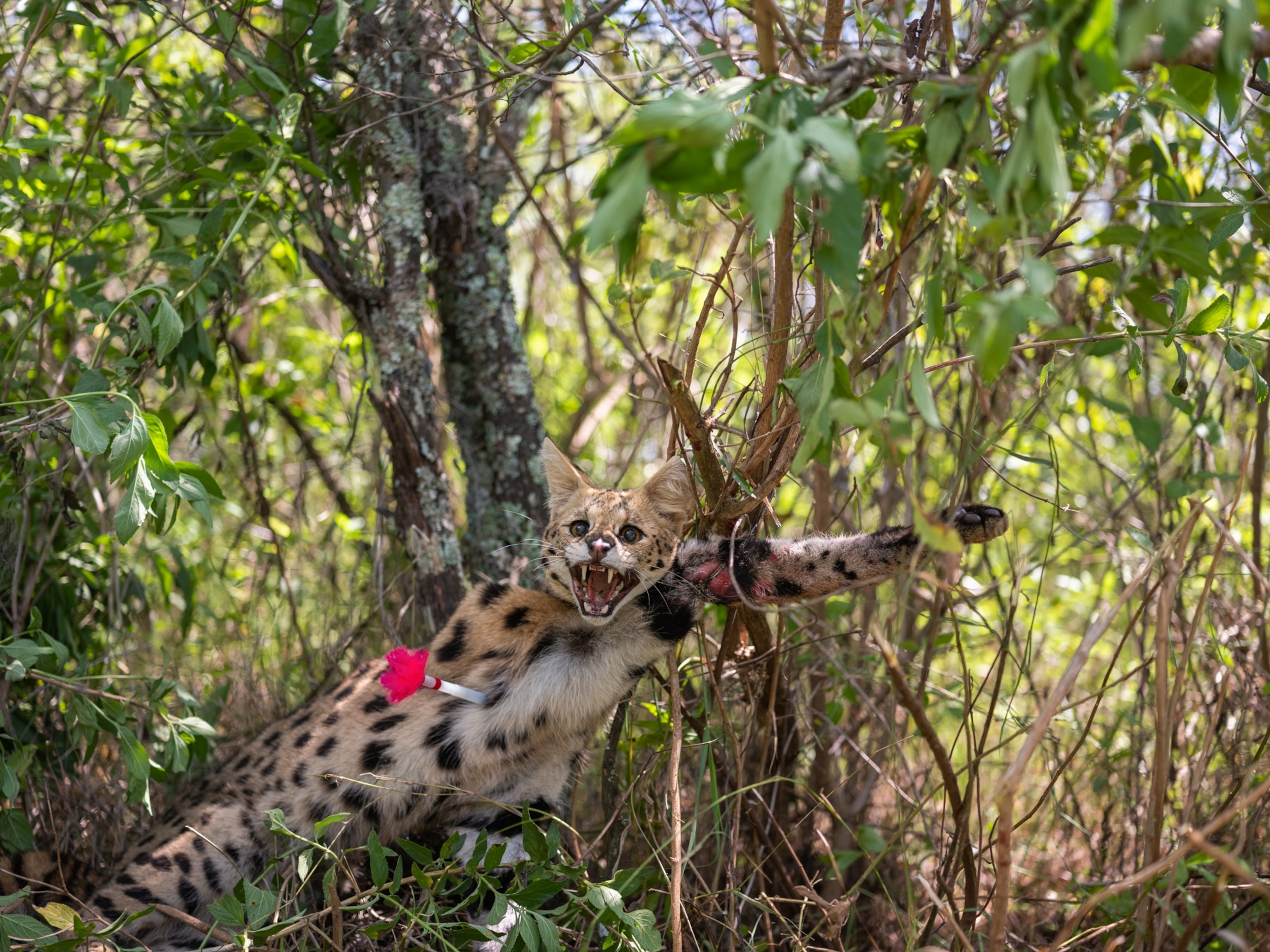
In 1995, the year the Craig family transferred the rest of their ranch to Lewa, Craig persuaded the Laikipiak Maasai owners of a “group ranch” (a Kenyan land tenure structure in which residents share title over grazing lands) to shift focus. They agreed to set aside some of their land for wildlife protection and implement grazing plans for the rest, drawn by the promise of income from safari tourism. North of Lewa, Il Ngwesi’s 22,000 acres of rocky scarps and wooded valleys drop from the Laikipia Plateau to the plains along the Ndare River. A new ecolodge opened the next year.
As the buffer zone around Lewa expanded, so did Craig’s ambitions. Soon after came Namunyak. It includes the granite peaks and razor ridges of the Mathews Range, a 50-mile-long spine of forested sky islands jutting thousands of feet above the acacia and myrrh savanna. More conservancies followed.
The scope and scale grew until, in 2004, with funding from USAID, Craig helped establish NRT. Its mission: to connect and conserve huge landscapes, crisscrossed with wildlife migration corridors, in which people and their livestock could coexist with wildlife.
“The narrative of conservation is not a national park with animals,” Craig says. “This model is about connectivity,” he adds, referring to the mosaic of public national parks, private reserves, and community land in northern Kenya. “These little pockets of land, they’re big, but they’re just not big enough … For wildlife to survive and breathe and grow, they need those communities.”
And the communities, in turn, benefit from tourism. In every conservancy, tourists pay a conservation fee, which is split 60/40 between the conservancy’s community programs and its operations—the former paying for things such as school fees, water projects, and medical bills; the latter for rangers, vehicles, and equipment. Rates vary, but foreign tourists commonly pay up to a hundred dollars a day, while Kenyan residents might pay a fifth of that.
Populations of endangered elephants, oryx, reticulated giraffes, and Grevy’s zebras are stable or increasing in NRT conservancies.
Nowhere in the north has tourism potential been more profitably realized than at Sarara Camp, an ecolodge in the southern part of Namunyak. When Sarara was built in 1997, “there was no peace, not for humans and not for wildlife,” says safari guide and driver Daniel Lenaipa, who grew up in the area. Security led to the return of elephants, leopards, wild dogs, and other animals, as well as the arrival of tourists. In 2019 visitors to Sarara paid some $350,000 in fees, enough to cover the entire budget for the entire southern part of Namunyak, and equivalent to nearly a quarter of tourism income to all of the trust’s conservancies that year.
Then came the coronavirus. “For the last 10 or 15 years we have been having revenue going to the community, and for the first time we might not have anything going back because it purely comes from tourists,” says Moses Lenaipa, a former Namunyak board member and current manager of the Reteti elephant orphanage in central Namunyak (Moses is Daniel’s older brother).
I meet Namunyak’s manager, Tom Letiwa, at Reteti on a scorching hot morning as baby elephants in a nearby stockade are hand-fed bottles of fortified goat’s milk, bought from local women. “This year revenue will be very low,” he says. Kenya’s quick actions to slow the disease—including closing schools, making face masks mandatory, imposing a nationwide curfew, and restricting cross-border movement—meant that all Kenyans understood how serious the pandemic’s impacts would be. Residents of Namunyak saw there were no tourists and knew there would be no money, Letiwa says.
NRT instituted pay cuts at headquarters and lobbied donors to keep rangers paid and conservancies’ operational budgets untouched. Public funding also kicked in. County authorities created a $1.1 million annual fund to support the nine conservancies in Samburu County, and the national government included two million dollars for NRT ranger salaries as part of its COVID-19 stimulus plan.
Unlike some of the more tourist-dependent protected areas such as the Masai Mara Game Reserve in western Kenya and the national parks, northern Kenya has not seen a significant increase in illegal hunting or encroachment for grazing, farming, or building since the start of the pandemic.
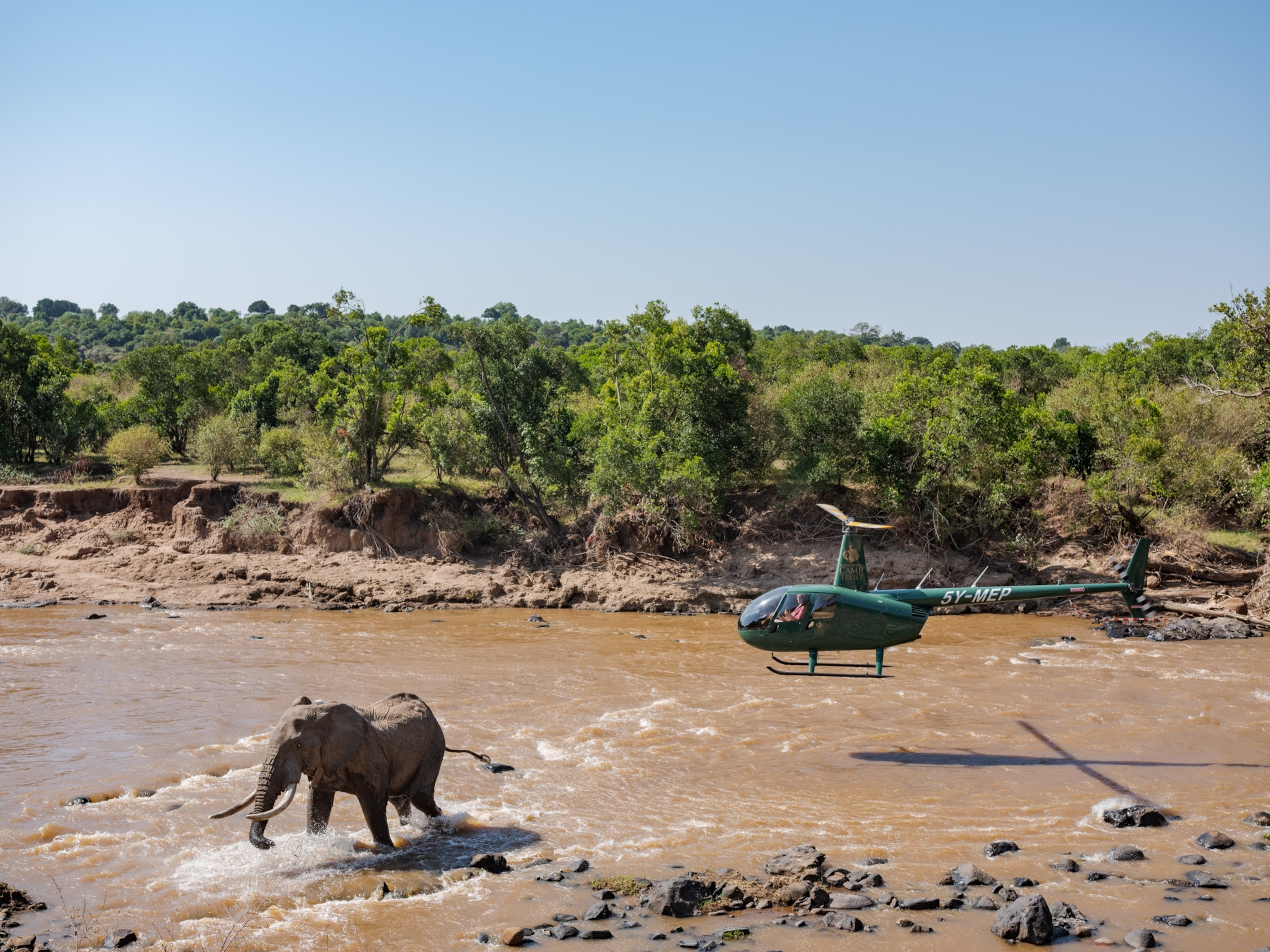
That’s not only because emergency funding helped rangers stay on patrol. The success of community conservation in bringing benefits beyond tourist dollars has helped prevent the economic desperation that would force people to turn to such activities. Still, NRT conservancies did see an uptick in non-environmental crimes, including cattle theft and road banditry. They may have ridden out the pandemic better than others, but they certainly felt the consequences of job losses and livestock market closures.
Meanwhile, populations of endangered elephants, oryx, reticulated giraffes, and Grevy’s zebras are stable or increasing in NRT conservancies. Elephant poaching is down, and the animals are ranging farther and more freely, though that has also led to an increase in retaliatory killings of elephants that are now more likely to trample crops or even kill people.
At the same time, overgrazing hasn’t disappeared entirely, but having grazing plans that are backed by a conservancy’s board has given local leadership some authority to enforce a policy that aims to promote a greater good over short-term self-interest.
Critics such as Gargule argue that NRT leadership pressures community boards to carry out its conservation goals, whether or not those goals are beneficial for everyone. “NRT is so powerful that it can actually influence anything within the conservancies,” Gargule says. “But how much of [the community’s] voice is heard?”
Craig acknowledges that influencing communities to protect wildlife is what NRT is all about. That’s where the trade-offs come in: Is the benefit of attracting an ecolodge worth setting aside land and pasture for wildlife? Is it worth following a restrictive grazing plan in exchange for a school and clinic? How much use of its natural resources is a community willing to forgo, and what does it gain in return?
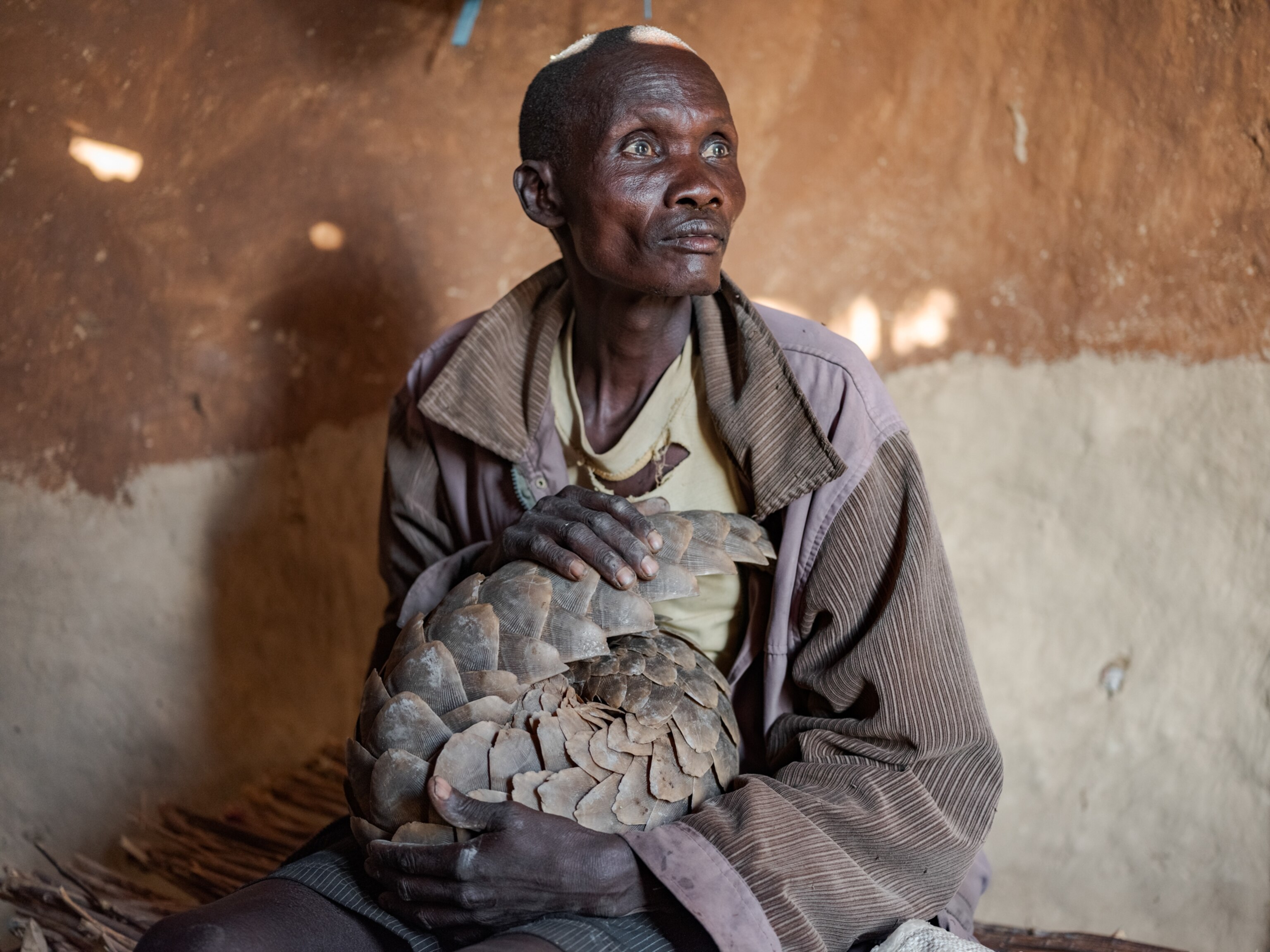
In an uncertain world, developing new and reliable sources of funding is crucial. “COVID-19 means there is risk everywhere, but it is also an opportunity to reset, to lift the conservation agenda,” says Giles Davies, founder of Conservation Capital. The investment group finances projects that help protect landscapes around the world, including in Davies’s home country of Kenya, where he has worked with NRT. “We need to shift the conversation from how to survive to how to thrive.”
During an early morning walk with his pack of dogs near his home in Laikipia County, Davies tells me that the scale and governance of NRT’s conservancies put it in a rare position to attract investment from capital markets as economies rebuild, including from environmental corporate social responsibility funds. “The base is there to bring in the real economics, at scale, to bring sophisticated capital markets thinking to the frontier,” he says. “NRT isn’t a government. It’s a platform for financing.”
Evidence of the potential to rope together huge tracts of land, attract funds, and share the benefits already is emerging through carbon offsets. A group of 14 conservancies is part of a soil carbon credits project that stands to bring in millions of dollars. “The whole thing depends on people’s adherence to the grazing plans,” says Stephen Wood, a soil scientist at the Nature Conservancy who has worked on the project for the past four years. Preventing overgrazing allows the grasses to recover and to trap more carbon in the ground, he says.
Corporations that want to reduce their carbon footprint can offset their emissions by buying carbon “credits” from those with huge landholdings. For the conservancies, the ability to sell carbon credits can encourage good rangeland management and reduce dependence on capricious donors and fickle tourists. “The rates per acre are very small,” Wood says, “so what makes a project like NRT work is the ability to stitch together very large acreage to get scale.”
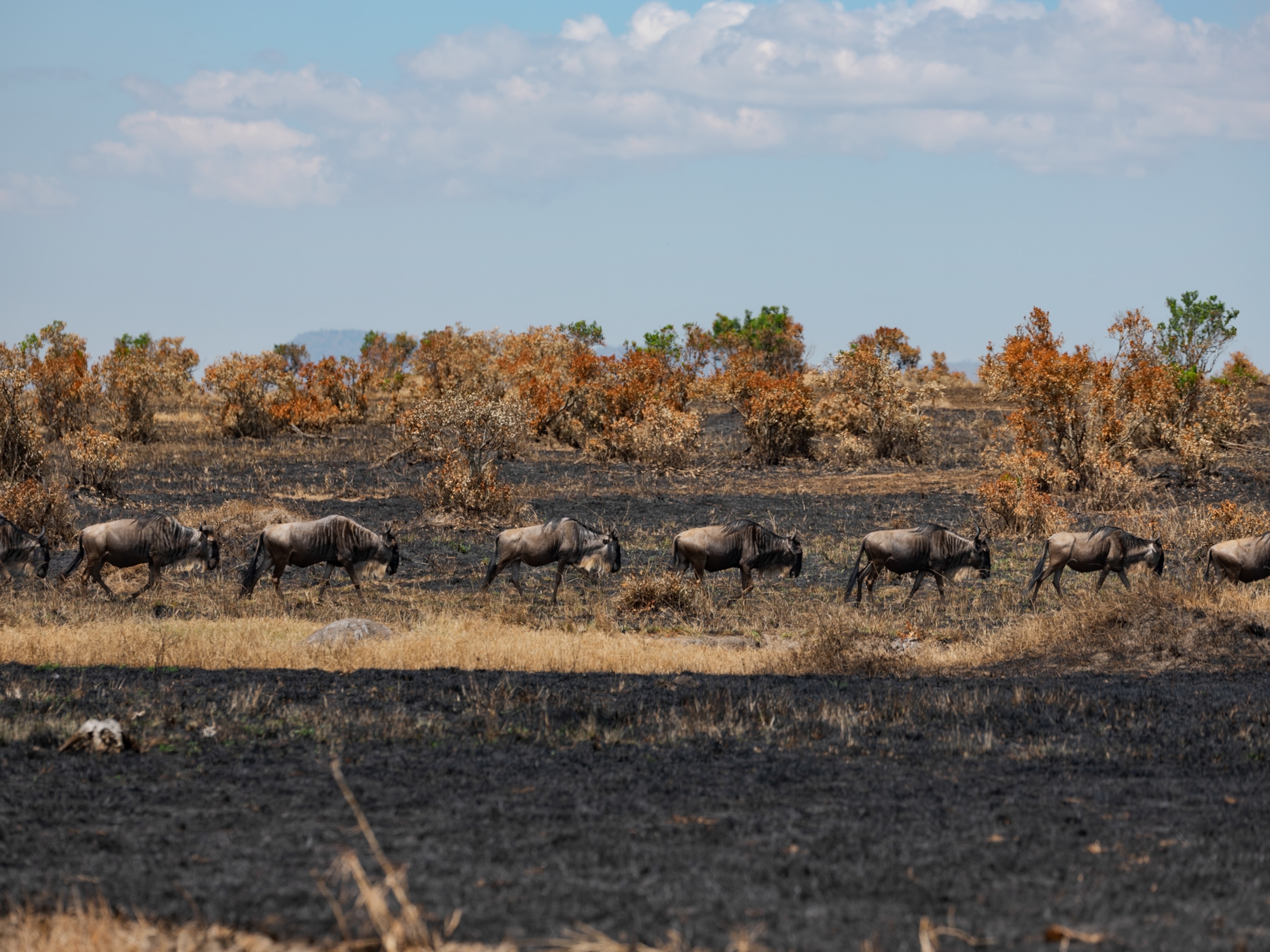
Running NRT and its 39 conservancies cost seven million dollars in 2020, an amount Craig says is “a pittance” given NRT’s broad aims. “This is petty cash in real terms for the impact on the number of lives in our footprint.”
Those lives include the mothers, children, and elderly men queuing in the sun outside Kalo’s new clinic in Biliqo. They include the pastoralist herders for whom the risk of raiding has been reduced thanks to Lenamunyi and his ranger colleagues. They include the young men at Melako dreaming of a job as a ranger. And they include Daniel Lenaipa, in Namunyak, who knows that as COVID-19 ebbs, the tourists will return because security is reliable, wildlife is thriving, and the landscape is protected.
Tristan McConnell lives in Nairobi and is writing a book about the Rift Valley. David Chancellor has spent years documenting conservation throughout Africa. This is his second story for the magazine.
This story appears in the July 2021 issue of National Geographic magazine.

